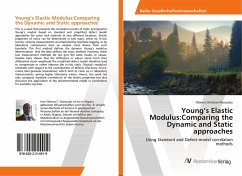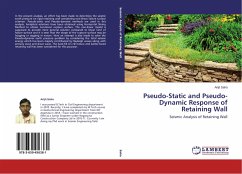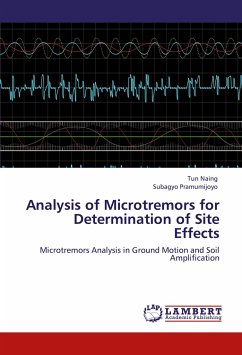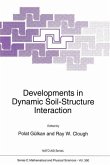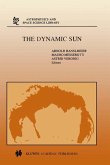Throughout history, the damages that have been most representative in the face of seismic stresses are, without a doubt, those that mostly affect ground motion as a direct result of local geological conditions, producing social and economic consequences. In recent decades, earthquakes such as those of Mexico 1985, 2017, Japan 1995, Indonesia 2004, Haiti and Chile 2010, have been recorded in history by the large number of deaths and collapsed structures, this because the site effect is paramount in soft and weathered soils, unlike those close to the basement.The greatest knowledge that can be obtained of the site effect in seismic events is through direct observation of ground motion, however, this type of research may be limited by the low number of events in low incidence areas, so it is necessary to resort to site response studies supported by microtremors.
Bitte wählen Sie Ihr Anliegen aus.
Rechnungen
Retourenschein anfordern
Bestellstatus
Storno


